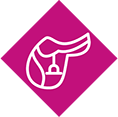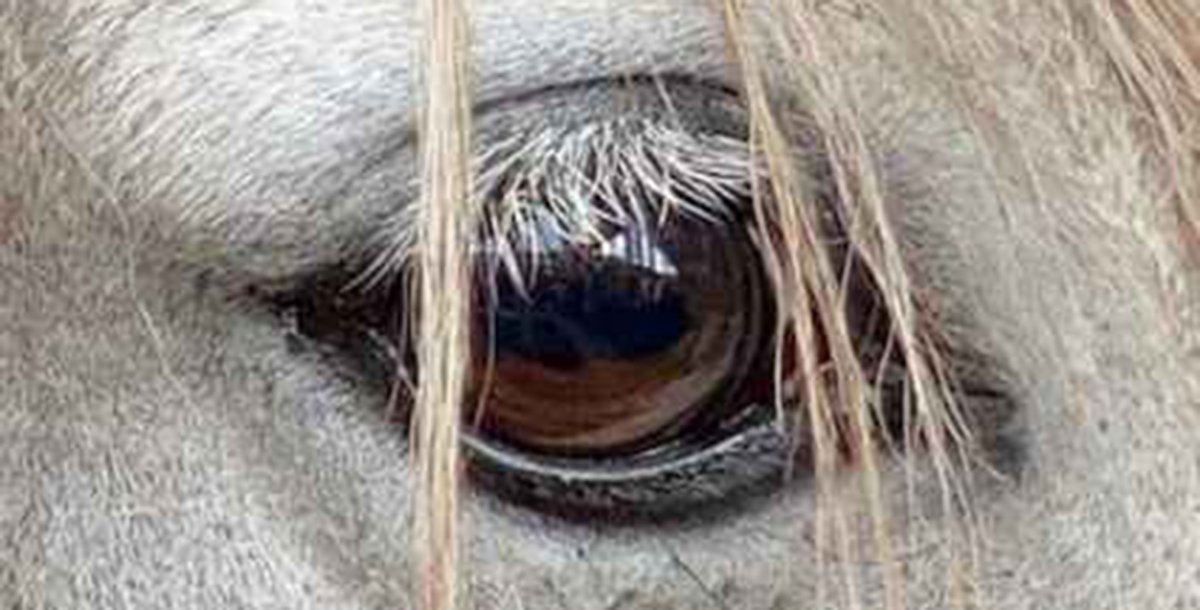

When To Check Your Saddle
Saddle fitting is an art. We take two moving bodies with their own asymmetries and bracing patterns, put a ‘fixed’ structure between them and expect that structure to remain balanced, support free movement and an improvement in symmetry in both AT ALL TIMES. This is totally unrealistic. Horses are constantly changing, which means their saddle fit must be regularly reviewed to keep them comfortable, balanced and moving freely. It's not just changes in the horse that affect saddle fit. Changes in the rider or a change of rider, will often have an impact on the balance of the saddle and how freely the horse is then able to move.
There are three key reasons to have your saddle fit professionally checked, regularly:
1) Growth - young horses grow until at least seven years old, often going through bum-high phases that shift their balance and affect the balance of the saddle. As their shoulders start to develop and their chest broadens, they need space for proper movement. Regular saddle checks help support and accommodate these changes, preventing restriction and discomfort
2) Rehabilitation - horses returning to work after injury or following an ill-fitting saddle, need support as they rebuild confidence and strength. A poorly balanced saddle can cause them to revert to old, restrictive compensatory patterns. Regular assessments ensure ongoing comfort and correct movement
3) Seasonal Change - fitness levels, level of turnout, weight changes and muscle tone fluctuate with the seasons. Loss of muscle can cause the saddle to tip forward, creating pressure on the shoulders and spine, whilst weight gain may lead to pinching and the saddle tipping back. Regular saddle checks prevent discomfort and pain before they arise
I recommend saddles should be routinely checked every 3-4 months for flock/panel symmetry, width and balance. For horses in growth, the interval between saddle checks will be determined by the rate of change in that particular horse's body. For horses coming back into work after a period of not being ridden, or horses we are supporting to recover from a previous restrictive saddle fit, the interval between checks will be more frequent and determined by the needs of that particular horse.
The following list covers some of the many physical and behavioural indicators of discomfort that can often be attributed to saddle or girth fit:
- White marks, rub marks/scuffed hair and lumps under the saddle
- Hollow posture
- Angular along top line – lacking top line muscle
- Unhappy to be caught
- Moves away from the saddle when being tacked up
- Unhappy to be girthed
- Unhappy to be mounted or rushes off as soon as you sit in the saddle
- Hard eye, tight mouth, jaw clenched, teeth grinding
- Tongue over bit or tongue coming out of mouth
- Tail swishing
- On the forehand, heavy in your hand – often with high head carriage
- Struggles to pick up a canter lead
- Saddle dropping to one side
- Slow off the leg
- Bucking/rearing/refusing to go forward
- Tripping
- Hollows in the muscle and tissues along the back
- Rider out of balance in the saddle. This includes sat too far at the back of the saddle, tipping back or rider tipping forward and hollowing their back in response
- Rider with lower back or pelvis discomfort
If you have any of these physical or behavioural indicators, I would always recommend your saddle is checked in the first instance.